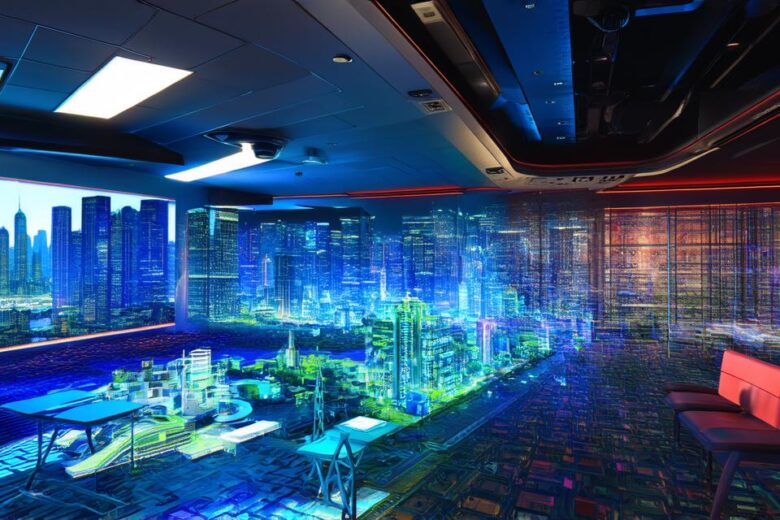Augmented reality (AR) is a technology that allows digital information to be overlaid onto the real world. This technology has great potential for educational settings, as it can provide students with interactive and immersive learning experiences.
Introduction
AR is a rapidly growing technology that has already found applications in various industries such as gaming, healthcare, and retail. However, it also has great potential for education, as it can provide students with immersive and interactive experiences that can help them to better understand complex concepts.
AR in the Classroom
One of the main advantages of AR is its ability to make learning more engaging and interactive. For example, instead of reading about the Pyramids of Egypt, students can use AR to virtually walk through the pyramids and see them from different perspectives. This can help students to better understand the scale and structure of these ancient monuments, and can also make the experience more memorable.
AR can also be used to create virtual field trips, allowing students to explore different parts of the world or even outer space. These virtual field trips can be highly engaging and interactive, as students can explore different environments and learn about different cultures and ecosystems.
AR can also be used for hands-on learning activities. For example, students can use AR to visualize complex scientific concepts such as atomic structures or the solar system. This can help them to better understand these concepts and make connections between different subject areas.
AR in Assessment
Another way that AR can be implemented in educational settings is through assessment. For example, students can use AR to complete interactive assessments that test their knowledge of a particular subject. These assessments can be highly engaging and interactive, as they can include elements such as quizzes, puzzles, and games.
AR can also be used to create virtual simulations that allow students to practice real-world skills in a safe and controlled environment. For example, medical students can use AR to simulate surgeries, while aviation students can use AR to practice flying. These simulations can help students to develop their skills and prepare them for real-world situations.

Summary
In conclusion, AR has great potential for educational settings. It can provide students with immersive and interactive experiences that can enhance engagement and improve learning outcomes. By using AR in the classroom, teachers can create more engaging and memorable lessons, while also providing students with hands-on learning activities and interactive assessments. With continued development and adoption of AR technology, we can expect to see even more innovative uses of AR in education in the future.
